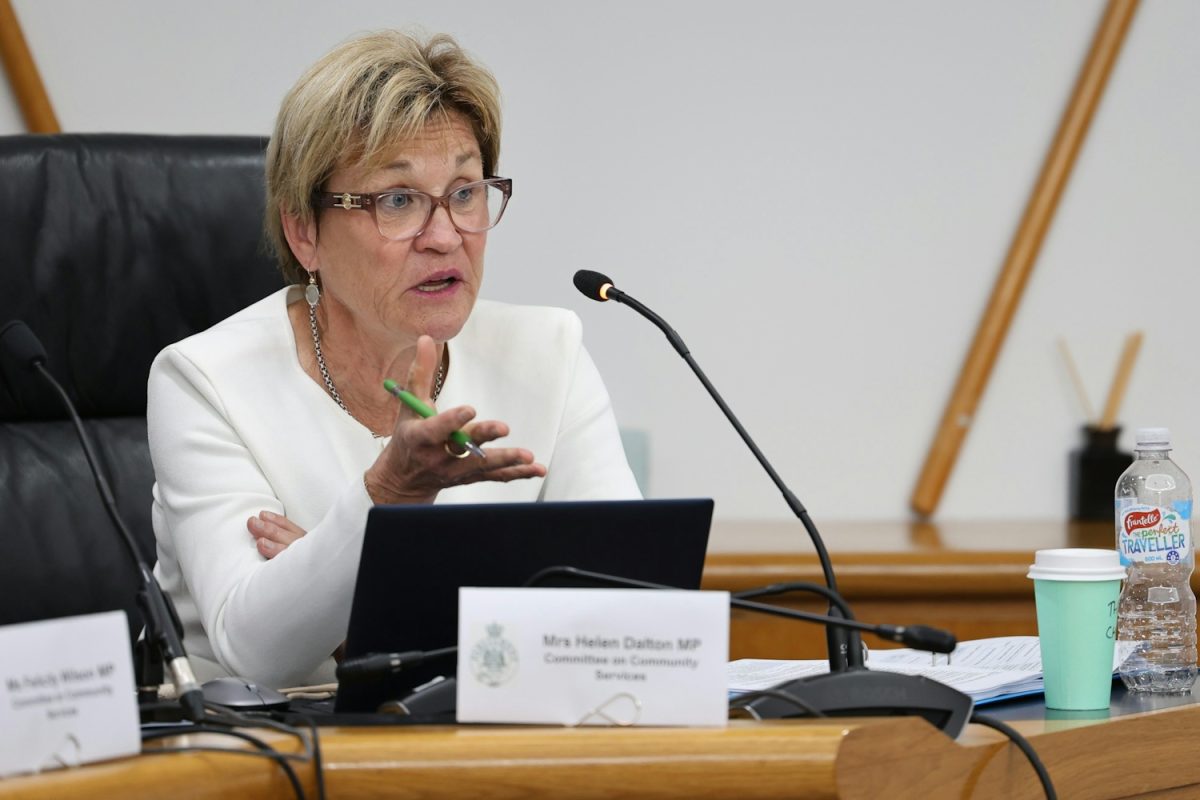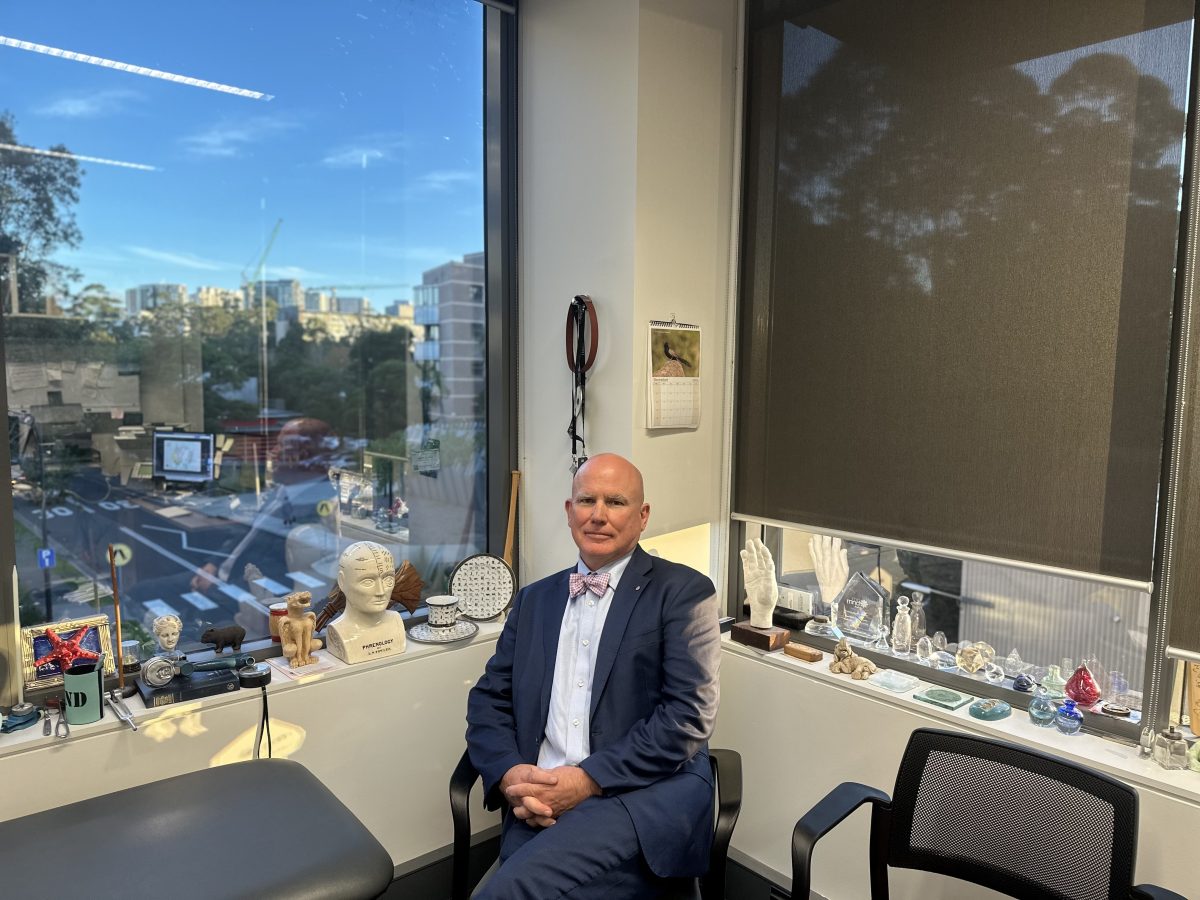
Tired of the lack of progress, Murray MP Helen Dalton has decided to take matters into her own hands. Photo: Helen Dalton MP Facebook.
Member for Murray Helen Dalton is launching a cross-party parliamentary group aimed at pressuring the NSW Government to take action to combat the Riverina’s extraordinarily high rates of motor neurone disease (MND).
According to research by Macquarie University, the Riverina has seven times the rate of MND compared to the national average.
MND is a neurodegenerative disease that attacks nerves in the brain and spinal cord, and affects someone’s ability to walk, speak, swallow and breathe, eventually leading to death.
“If Sydney had seven times the national average of MND, there would be a royal commission,” she said. “But because we’re out here, no one cares about us.”
Parliamentary friendship groups are established by members of parliament to provide bipartisan forums for a shared causes or interests.
The Dalton-led Parliamentary Friends of MND will bring other MPs and disease experts together to highlight the challenges faced by people living with MND and their families.
Macquarie University’s Professor Dominic Rowe, who was at Griffith Base Hospital in May to make contact with local GPs and MND patients in the area, will be at the official launch on 18 November to shed light on the disease.

Professor Dominic Rowe thinks the Parliamentary Friends of MND is a great initiative. Photo: Erin Hee.
Overseas studies suggest exposure to the toxic bacteria known as blue-green algae in waterways over a long period could be a factor linked to high MND rates, leading to speculations that frequent algal blooms in Wagga’s Lake Albert and Griffith’s Lake Wyangan may be a cause. However, no link has yet been proven, with the NSW Government ceasing funding for the Griffith-based project on the causes of MND in 2021.
While MND is not infectious, it is fatal and has no cure. MND-related deaths in Australia rose by 250 per cent over the past three decades.
Despite this, federal and state governments do not classify it as a notifiable disease – meaning the government is not obliged to track cases. This makes the work of researchers a lot more challenging.
“The rate of MND diagnosis is increasing now. Professor Dominic Rowe has been doing some study with MND for years and he can’t keep up with the cases,” Mrs Dalton said.
The Federal Government claims that for a disease to be notifiable, it must be contagious.
But Mrs Dalton and Professor Rowe have argued that some non-infectious diseases such as cancer and silicosis are considered notifiable and there’s a national registry that tracks cancer cases.
Region contacted Macquarie University for comment, and was told Professor Rowe thought the parliamentary friends group was a fantastic initiative.
Not much progress has been made since his visit to Griffith in May, but the research team has secured $3.5 million in funding from advocacy organisation FightMND.
The funding includes a $2 million national research infrastructure grant to establish a world-first National Neuroproteomics Facility (NNPF), a $1 million discovery grant to investigate harmful protein clusters in nerve cells and a $550,000 drug development grant to explore repurposing diazepam as a potential treatment for MND.
If you’re an MND patient in Wagga or Griffith and would like to assist with Macquarie University’s research, you can email the research team on [email protected].












